Enhancing radar level measurement for hygienic applications
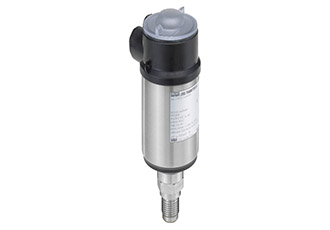
Those facing challenges in measuring fluid levels in hygienic applications should be aware of Bürkert’s new Type 8139 non-contact radar measuring device. Designed to provide highly accurate, continuous measurement for specialised tanks that contain difficult to measure fluids, the Type 8139 is optimised to meet the needs of the pharmaceutical, food and beverage and water industries.
Radar level measurement relies on a signal being emitted, reflected by the medium and then received by the device’s antenna. Differences between the emitted and received signal are then rationalised via sensors to provide a level reading.
For hygienic applications, this provides the advantage of non-contact level measurement, all important in minimising contamination. As a result, the Type 8139 is suitable for bioreactors, ultra-pure water storage tanks, clean agent storage, beer and raw milk tanks, as well as containers for liquid foodstuffs, water treatment tanks, mixing and equalisation ponds, intake channels and flocculant storage tanks.
What differentiates the Type 8139 from competitive solutions is how it applies its radar signals. Delivering a radar frequency at 80 GHz with a dynamic range of 120 dB ensures continuous radar measurement of the medium. Higher frequency translates to short radar wavelengths, improving the accuracy of received signals. As a result, the Type 8139 delivers a measuring accuracy of +/- 1 mm, regardless of temperature or pressure in the tank.
The medium itself can pose difficulties to traditional radar level measurement devices - but not the Type 8139. Media with poor reflective properties (a low dielectric level) can flummox devices with a low dynamic range. However, the 120 dB range of the Type 8139 radar signal is able to detect even the smallest of reflections, ensuring accurate measurement of substances with a low dielectric constant.
This is also of great value when measuring through foam, an issue inherent to beer tanks for example. A higher dynamic range means less radar signal attenuation is caused, ensuring results are still accurate.
Another challenge that the Type 8139 overcomes is the interference by equipment installed in the tank, such as heating coils and agitators. The 80 GHz frequency allows the device to focus emitted radar signals within a tighter cone, therefore delivering greater accuracy from received signals, as the tight beam avoids installed equipment that may otherwise interfere.
A narrower radar beam means more signal returns to the sensor. The high frequency also ensures that the Type 8139 can emit and receive signals through glass, steam and condensate. This is an advantage for hygienic end users utilising small, narrow or high tanks.
The Type 8139 is inherently compact, however its powerful signal enables a measuring range of up to 30 metres. The device offers an IP67 ingress rating as standard and a 4-20 mA output. Furthermore, it can withstand temperatures up to 150°C, which makes it ideal for steam in place (SIP) processes encountered in hygienic applications.
Options include a plastic horn antenna, threads with integrated antenna and flanges with encapsulated antennas to suit different mounting applications. The device is maintenance free, offers easy installation as well as the exceptional chemical resistance properties that are expected of all hygienic equipment.
Similar articles
More from Burkert Fluid Control Systems
- Continuous water quality analysis for boreholes 6th July 2020
- Controller delivers precision microlitre dosing 14th May 2020
- Multi-medium testing facility for fluidic components 19th March 2020
- Micro precision for time-pressure dosing 10th December 2019

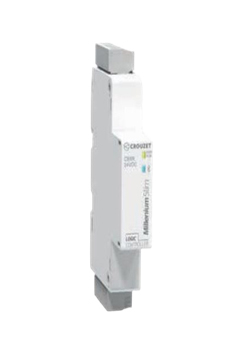
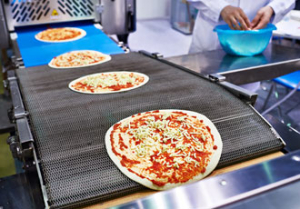
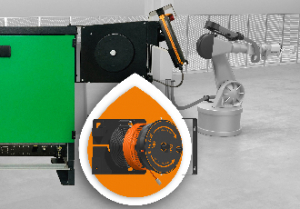
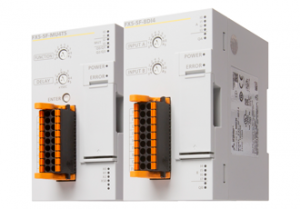







Write a comment
No comments